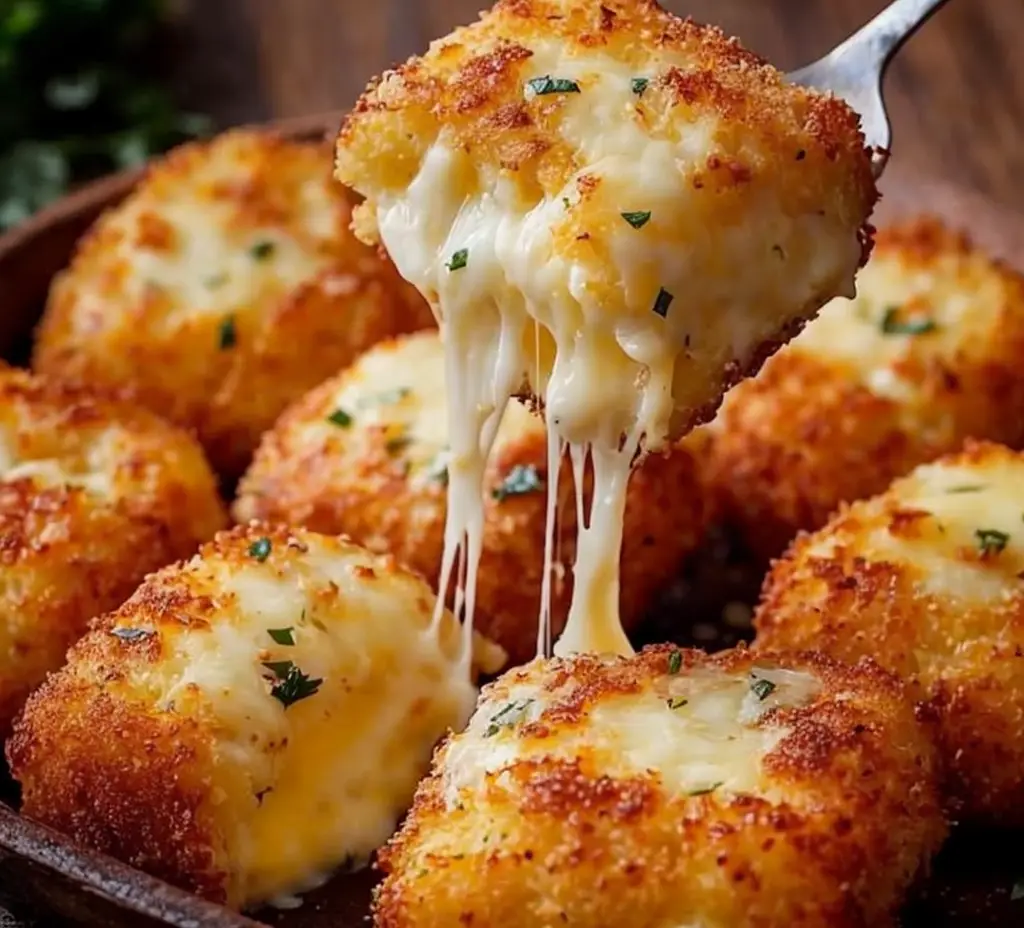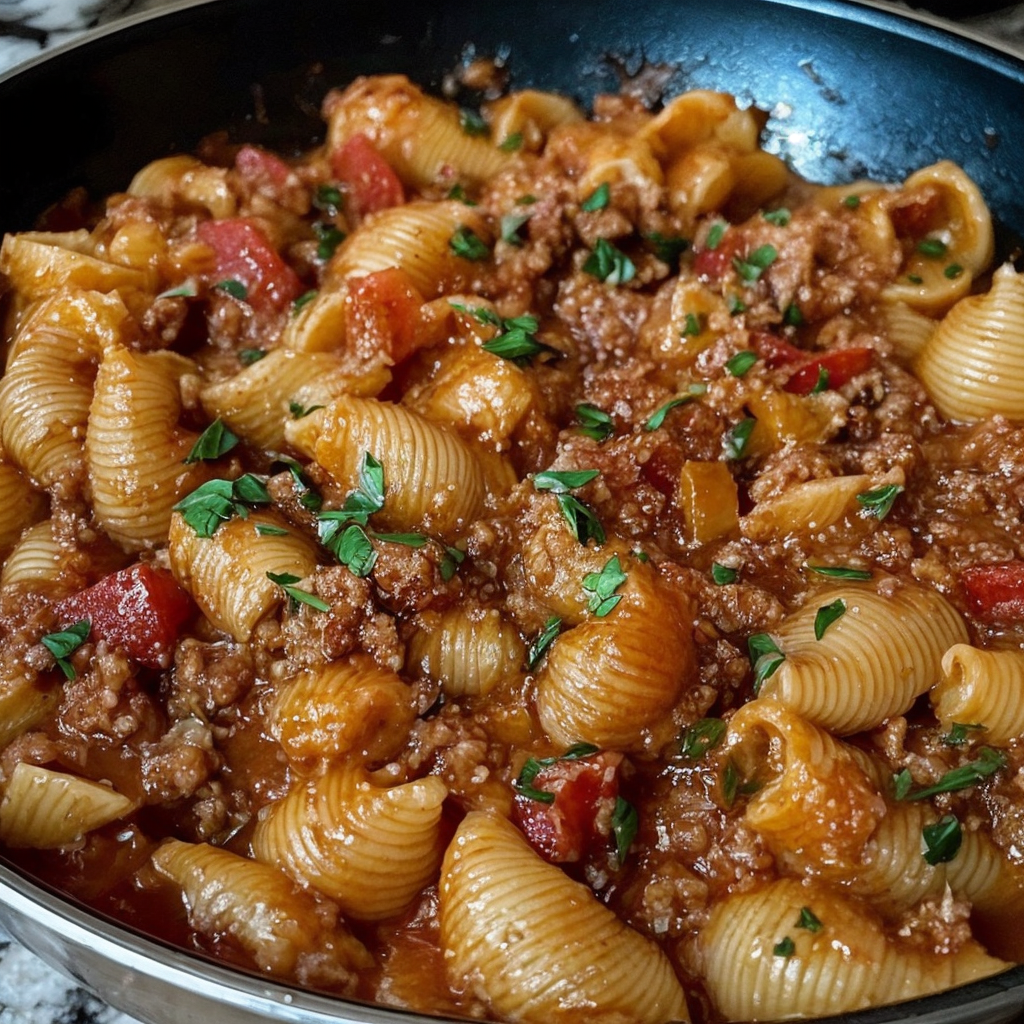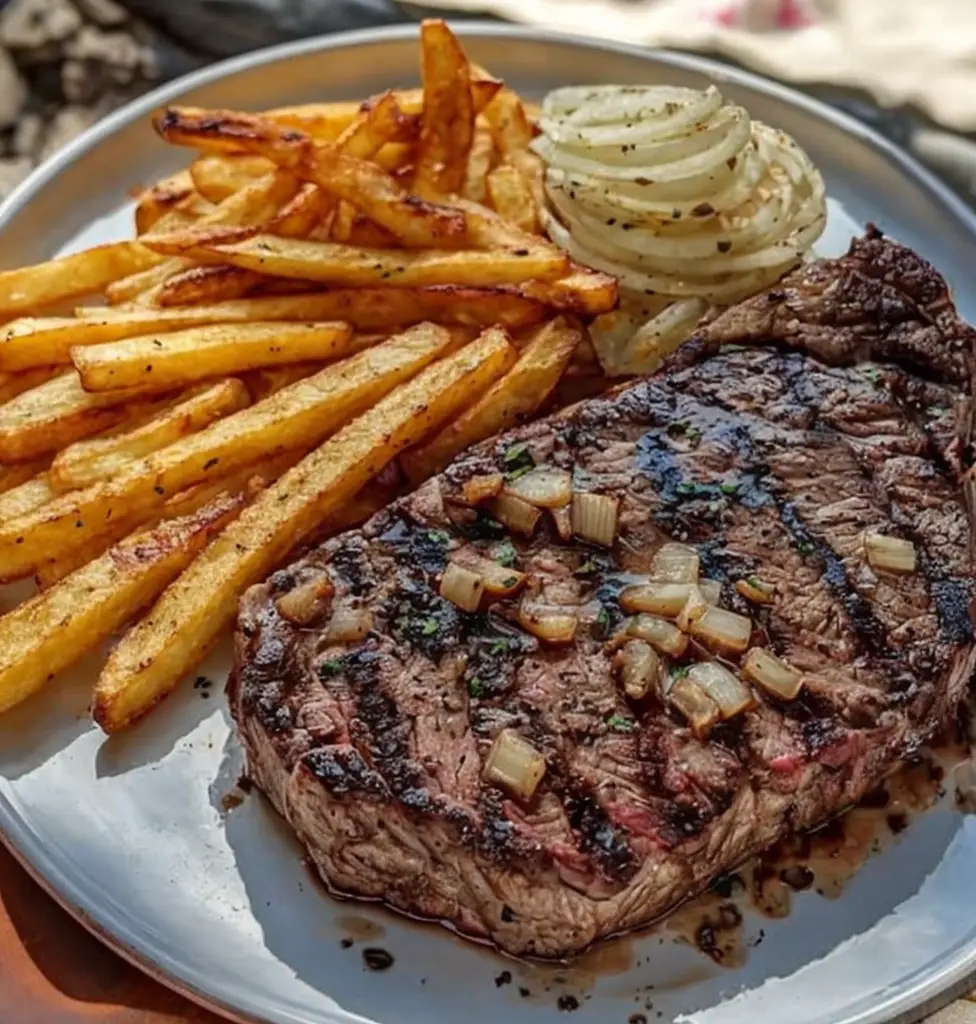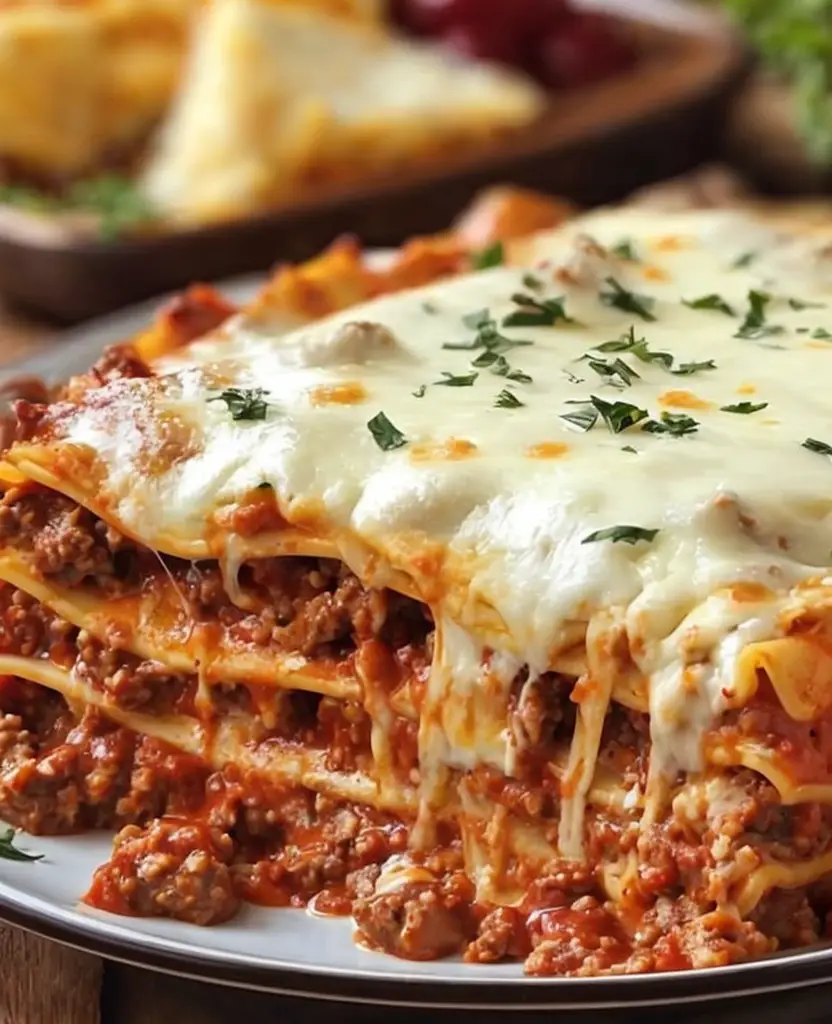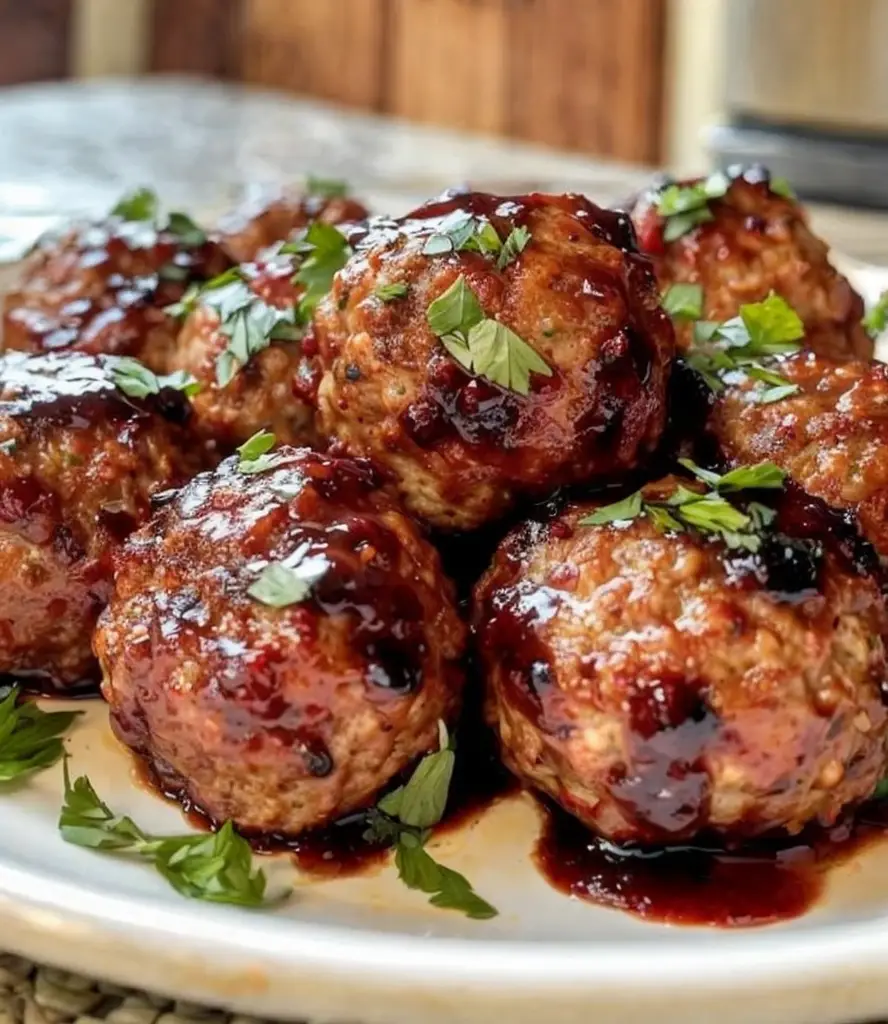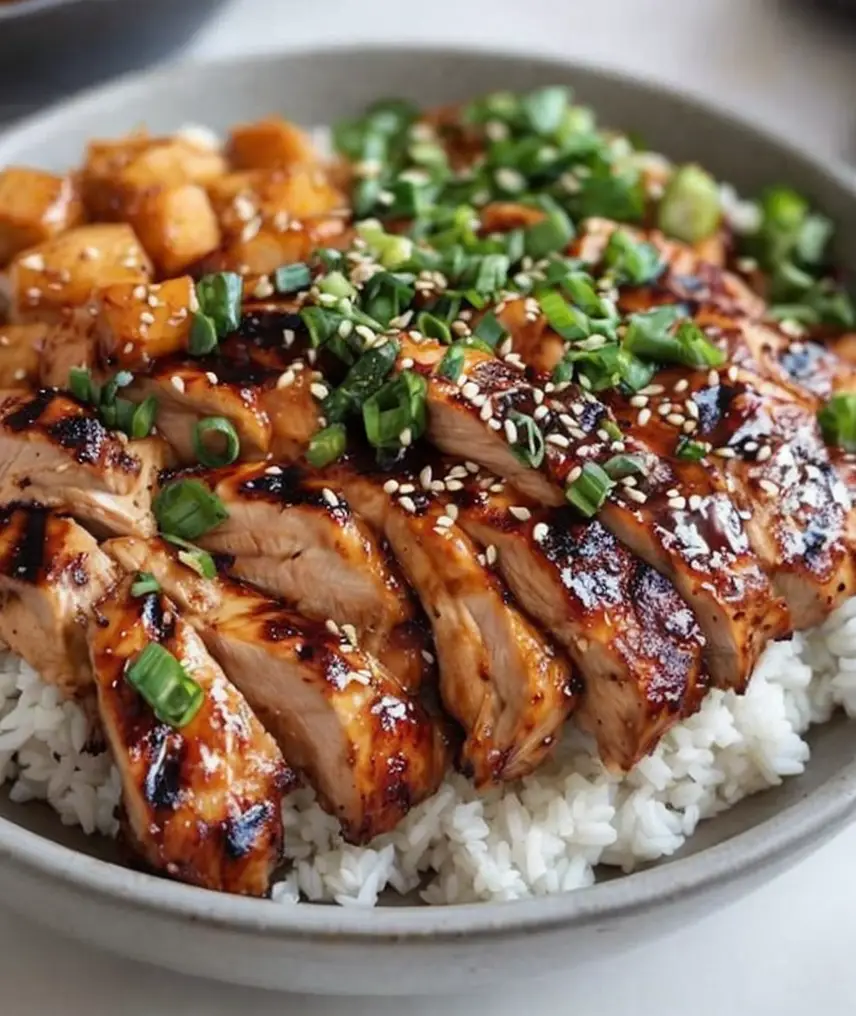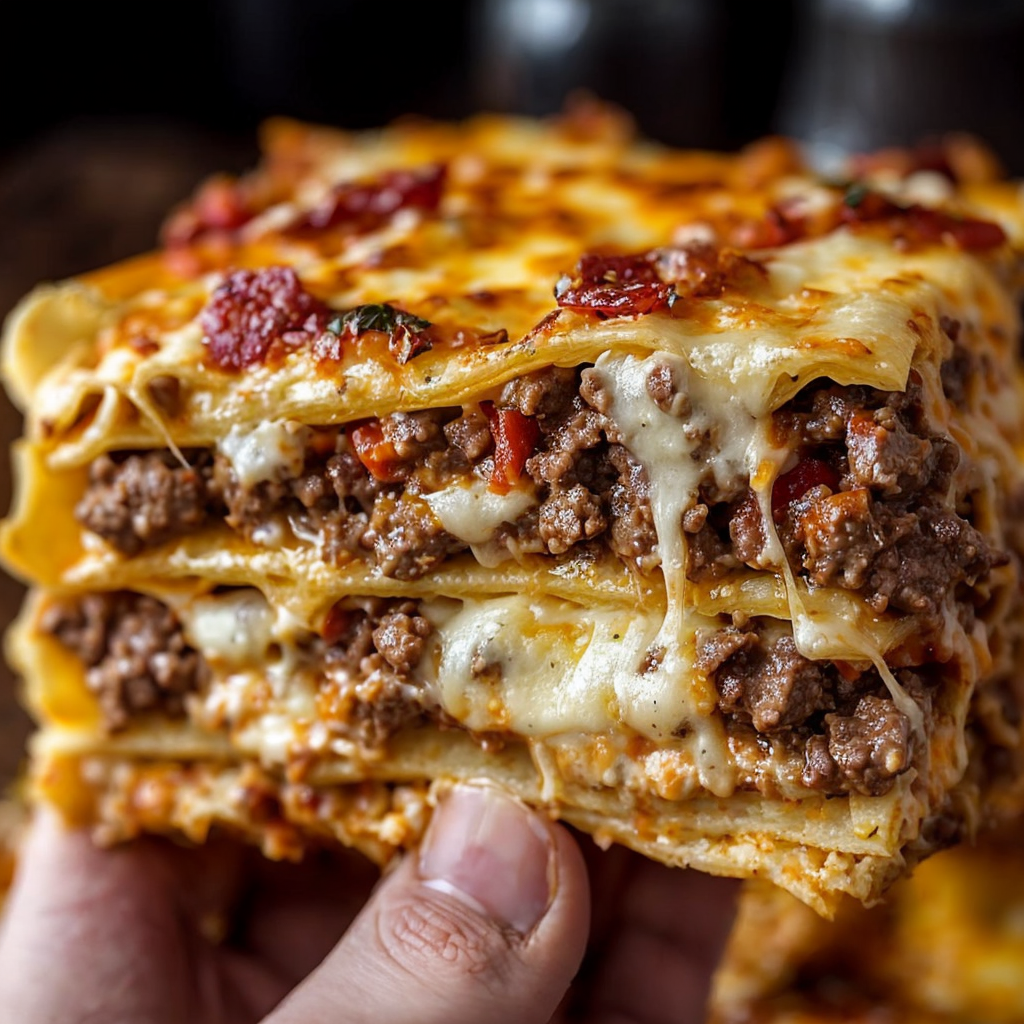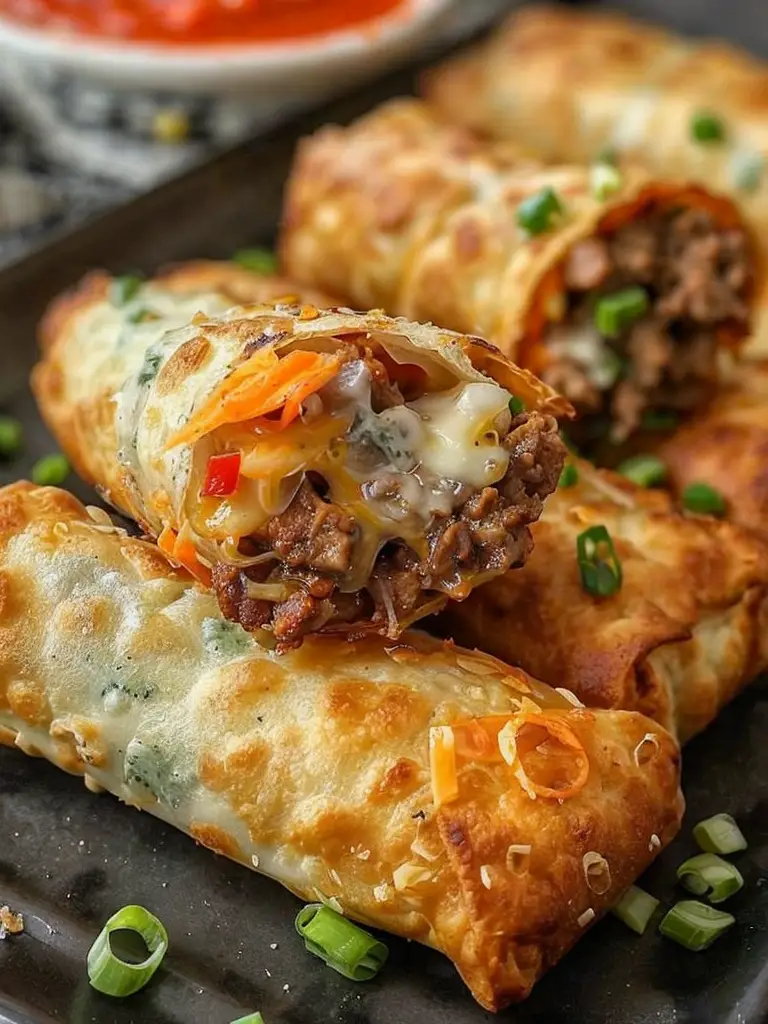Cheesy Parmesan Mozzarella Bites: The Perfect Appetizer
Welcome to the world of Cheesy Parmesan Mozzarella Bites, where each morsel delivers a gooey, savory experience that’s simply irresistible. These cheese bites capture the perfect blend of rich mozzarella and nutty Parmesan, encased in a crispy breadcrumb coating. They’re a quick-to-make appetizer, ideal for entertaining guests or enjoying as an indulgent snack. Imagine a golden-brown crust giving way to molten cheese — an irresistible flavor journey in every bite. Cheesy Parmesan Mozzarella Bites not only satisfy cheese lovers but also promise a delightful texture and taste that beg to be shared.
Quick Recipe Highlights
- Flavor Profile: Rich, cheesy goodness balanced with the savory punch of Parmesan and the silky hint of mozzarella.
- Texture: A crisp outer layer yielding to creamy, melted cheese creates an enticing mouthfeel.
- Aroma: A delightful aroma of toasted breadcrumbs and melted cheese that tantalizes the senses.
- Visual Appeal: Golden, bite-sized works of art, perfect for any platter.
- Skill Level Needed: Basic cooking skills are sufficient for mastering these cheesy delights.
- Special Equipment: Requires just a frying pan or air fryer for best results.
Recipe Overview
- Difficulty Level: These bites are rated easy, perfect for beginners or quick, impressive preparations. The process involves basic outdoor frying techniques, where watching cheese melt to perfection is the only skill needed.
- Category: Versatile enough to be served as an appetizer, snack, or part of a finger food buffet.
- Cuisine: A delightful fusion of Italian-inspired flavors mingling with global snack culture.
- Cost: Budget-friendly ingredients make this a low-cost crowd-pleaser without sacrificing taste.
- Season: Perfect year-round, especially comforting in the cooler fall and winter months.
- Occasion: Ideal for parties, casual gatherings, or movie nights, bringing joy to any occasion.
Why You’ll Love This Recipe
Cheesy Parmesan Mozzarella Bites are the epitome of taste and convenience. Picture the harmony of Parmesan’s sharpness dancing with mozzarella’s creamy texture — an unforgettable palate experience. They’re not only a delight for your taste buds but also a joy to prepare, requiring minimal effort yet yielding an impressive result. Nutritionally, while indulgent, they offer a source of calcium and protein. Perfect for social gatherings, these bites invite interaction and sharing, sparking conversations and creating fond memories. Their cost-effectiveness makes them accessible for any budget, ensuring everyone can enjoy this cheesy treat.
Historical Background and Cultural Significance
Cheese bites have roots in various cultures, appreciated globally for their comforting simplicity. Originating from innovative ways to serve cheese in different forms, these bites have become a staple in finger food cuisine. Many cultures have embraced and adapted this concept, infusing their unique ingredients and methods. Regions across the globe offer variations, each with distinct twists yet the same core of deliciously melted cheese, perpetuating the timeless appeal of cheese-centered snacks.
Ingredient Deep Dive
Mozzarella, known for its delicate melt and mild flavor, plays an essential role here. Its origins trace back to Italy, where it was first produced using buffalo milk. Today, its accessibility and versatility have made it a global kitchen staple. Nutritionally, mozzarella offers a good calcium source. For best results, choose fresh mozzarella for an authentic experience, storing it in brine for optimal freshness. Should you require a substitute, low-moisture mozzarella works well in this recipe.
Parmesan, with its bold, nutty profile, contrasts beautifully with mozzarella to create depth. This historic cheese hails from Italy’s Parma region, celebrated for its intense flavor and crumbly texture. Rich in protein and calcium, Parmesan adds nutritional value alongside its culinary significance. Opt for authentic Parmigiano-Reggiano for the best flavor impact, storing it properly in parchment and plastic wrap to maintain its integrity. Pre-grated Parmesan is convenient but lacks the same compelling taste as fresh.
Common Mistakes to Avoid
- Using stale breadcrumbs can result in a lackluster crust. Always opt for fresh or make your own.
- Overcrowding the pan decreases crispiness, so fry in batches if necessary.
- Skipping seasoning in the breadcrumbs can lead to bland bites; always incorporate herbs and spices.
- Using low-quality cheese can affect flavor and texture; choose high-quality mozzarella and Parmesan.
- Not monitoring oil temperature can result in uneven cooking; maintain a medium heat for balanced frying.
- Cooking on too high heat risks burning the exterior before the cheese melts.
- Insufficient breadcrumb coating may not provide the desired crunchy texture.
- Ignoring rest time post-frying can lead to oily bites; drain on paper towels for crispiness.
Essential Techniques
Bread-coating ensures consistent coverage and a crispy exterior. Mastering this technique involves rolling cheese in flour, dipping in egg wash, and finishing with breadcrumbs. Ensure every inch is covered evenly. Avoid clumping, which can affect texture and presentation. Visual cues include uniform color and no visible cheese surfaces. Precision in breading makes the difference in achieving that perfect bite every time.
Pro Tips for Perfect Cheesy Parmesan Mozzarella Bites
Freeze the cheese for 15 minutes before breading; this helps maintain shape during cooking. Add a hint of garlic powder to your breadcrumbs for an extra flavor dimension. To achieve a panko-like crispness, try double dipping in the crumbs, ensuring a robust crust. Use a thermometer to maintain frying oil at a steady 350°F. For an even healthier version, consider air frying for guilt-free indulgence.
Variations and Adaptations
Regional variations add exciting twists to this classic. Italian versions might include herbs like basil or oregano in the breadcrumb mix. Seasonal adaptations see additions like pumpkin spice in fall. For dietary needs, almond flour can replace breadcrumbs for a low-carb option. Spice lovers might enjoy a dash of cayenne pepper for heat. To adjust texture, blend a portion of Parmesan into breadcrumbs for an extra crunchy coating.
Serving and Presentation Guide
Serve these bites on a beautiful wooden board for a rustic touch, paired with fresh herbs like rosemary. Garnish with a sprinkle of grated Parmesan for a visual and aromatic lift. Traditional accompaniments include marinara sauce or a simple balsamic glaze. Consider placing each bite in a decorative cupcake liner for a neat, individual presentation. Serve warm to fully appreciate the gooey cheese, adjusting portions based on meal context — appetizer or main attraction.
Wine and Beverage Pairing
Pair these bites with a crisp Sauvignon Blanc, its acidity perfectly balancing the richness of the cheese. For non-alcoholic drinks, a refreshing sparkling water with lemon is ideal to cleanse the palate between bites. If serving hot beverages, a lightly steeped Chamomile tea complements the cheese’s flavors without overpowering. Serve all drinks chilled unless otherwise stated to maintain the dish’s warm, comforting balance.
Storage and Shelf Life
Refrigerate cooked bites in an airtight container for up to three days, ensuring freshness. To reheat, use an oven to regain crispiness rather than a microwave, which may lead to sogginess. If freezing, do so before cooking, and thaw in the refrigerator overnight before frying. Look for signs of spoilage such as unpleasant odors or discoloration before consuming any leftovers.
Make Ahead Strategies
Prep all ingredients a day ahead to streamline on-the-day assembly. Bread the cheese the night before and refrigerate, separating layers with parchment to prevent sticking. Store cooked bites in a single layer on baking trays until needed, reheating just before serving for peak freshness. Incorporate fresh garnishes like basil just before serving to maintain their aromatic intensity.
Scaling Instructions
To halve the recipe, maintain ingredient ratios for consistency. Doubling or tripling requires careful attention to frying times, as larger batches can impact oil temperature stability. Utilize a larger or additional frying pan to cook efficiently without loss of heat. Prepare larger quantities of breadcrumbs in advance, storing extra in airtight containers for future use.
Nutritional Deep Dive
Each serving balances protein-rich mozzarella with the essential fats found in cheese, offering a comforting caloric intake suitable for moderate indulgence. Essential vitamins and minerals from Parmesan add nutritional value. Being high in calcium and phosphorus, these bites support bone health when consumed as part of a balanced diet, ensuring satiation and satisfaction.
Dietary Adaptations
To make them gluten-free, simply substitute with gluten-free breadcrumbs. For a dairy-free version, use a cheese alternative that melts well, such as cashew-based mozzarella. Vegan adaptations require both cheese replacement and egg substitute for binding, with aquafaba proving successful. Experiment with low-carb options by using coconut flour in place of breadcrumbs.
Troubleshooting Guide
Issues with sogginess often result from improperly drained bites. Always use paper towels post-frying. Unbalanced flavors may require additional seasoning in your breadcrumb mixture; increasingly taste with herbs and spices as needed. Temperature control is crucial; maintaining oil at an ideal 350°F ensures evenly cooked bites. Ensure consistent sizes for uniform cooking and avoid clumping breadcrumbs to prevent burning.
Recipe Success Stories
Our community members have shared delightful variations: some incorporated sun-dried tomatoes into the cheese mix for an added flavor boost. Others took creative turns, adding roasted garlic to their breadcrumb mix. Share your experiences, including your plating techniques, on our social media platforms — we’d love to hear how your Cheesy Parmesan Mozzarella Bites turned out.
Frequently Asked Questions
What if my bites fall apart during frying? Ensure thorough coating and egg wash application to help crumbs adhere better, providing structural integrity.
Can I bake instead of fry? Yes, baking offers a healthier alternative. Bake at 400°F until golden, though the result may lack some crispiness achieved through frying.
Is it possible to air fry them? Absolutely! Air frying at 375°F for about 8 minutes yields a similar crispiness with less oil.
What dips pair best with these bites? Marinara sauce is a classic, but you might also enjoy ranch dressing or a tangy aioli.
How do I achieve an even golden color? Regularly turning the bites during frying ensures an evenly crisp exterior.
Can I use other cheeses? Certainly! Provolone or fontina are great alternatives, each imparting unique flavor profiles.
What’s the secret to not overcooking them? Monitor closely and fry just until the crust sets and turns golden, about 2-3 minutes per side.
Why did my cheese leak out during cooking? Verify thorough breadcrumb coating, sealing in cheese to prevent leaks.
Can I prepare the cheese balls in advance? Yes, you can prepare and refrigerate them up to 24 hours before cooking.
Why are my bites not holding shape? Chilling the breaded bites in the freezer for a short period helps maintain their shape during frying.
What if I don’t have Parmesan cheese? Grana Padano or Asiago can substitute, offering a similar flavor depth.
Additional Resources
Explore further with our related recipes such as Garlic Parmesan Knots or Caprese Stuffed Peppers. Enhance your technique with guides on perfect frying or seasoning blends. Delve into our ingredient archives for insights on cheese evolution and cookware essentials, keeping your kitchen innovative and well-stocked.
Join the Conversation
Share your Cheesy Parmesan Mozzarella Bites experience with our culinary community. Engage with us on social media, showcasing your unique spins and presentations. If you’ve taken photos, post using our hashtag #CheesyBitesExperience for a chance to be featured. Your reviews and feedback drive our passion for shared culinary excellence.
The Recipe
Cheesy Parmesan Mozzarella Bites
Serves: 4
Prep Time: 15 mins
Cook Time: 10 mins
Total Time: 25 mins
Kitchen Equipment Needed
- Frying pan or air fryer
- Mixing bowls
- Whisk
- Tongs
- Paper towels
Ingredients
- 1 cup of fresh mozzarella, cubed
- 1 cup of grated Parmesan cheese
- 1 cup breadcrumbs
- 2 eggs, beaten
- 1/2 cup all-purpose flour
- 1 teaspoon garlic powder
- 1 teaspoon dried oregano
- Salt and pepper to taste
- Vegetable oil for frying
Directions
- Prepare a breading station with three bowls: one with flour, one with beaten eggs, and one with breadcrumbs mixed with Parmesan, garlic powder, oregano, salt, and pepper.
- Roll each mozzarella cube in flour, dip in egg, then coat with the breadcrumb mixture, pressing gently to adhere.
- Freeze coated cubes for 15 minutes to firm up.
- Heat vegetable oil in a frying pan over medium heat.
- Fry the cheese bites in batches until golden brown, approximately 2-3 minutes per side. Use tongs to turn them for even cooking.
- Drain on paper towels before serving, ensuring excess oil is removed.
Recipe Notes
- For a spicy twist, add red pepper flakes to the breadcrumb mixture.
- Experiment with cheeses, such as gouda or cheddar, for flavor variations.
- Store leftovers in an airtight container and reheat in the oven for best results.
